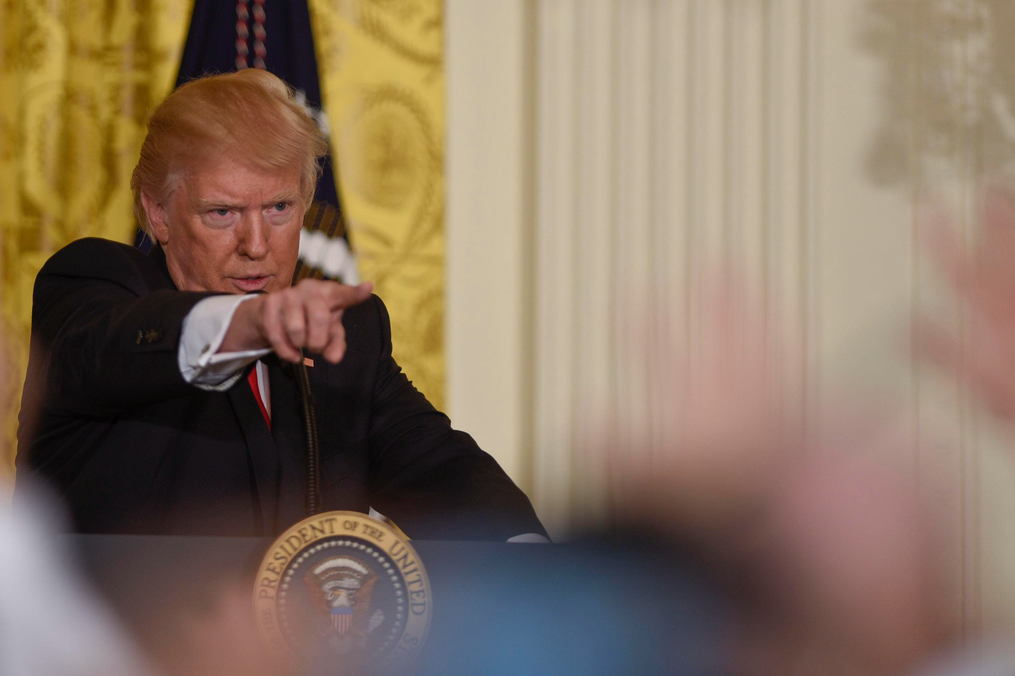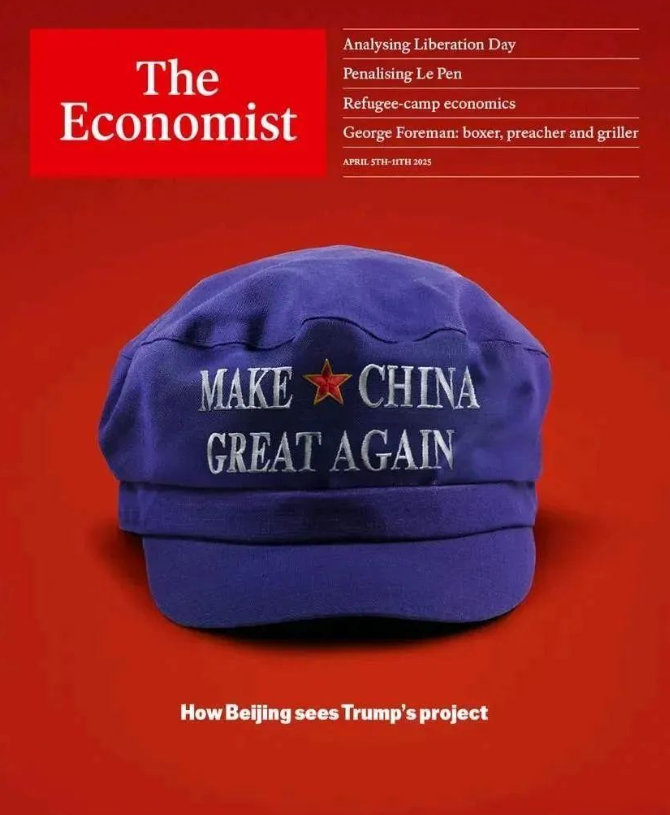html
US – China Tariff War Escalates: The Economic Game Behind China’s Full – Scale Counterattacks
Introduction
The global trade landscape is undergoing a dramatic shakeup. On April 2, Beijing time, China announced a 34% tariff increase on all U.S. – origin goods. This economic game, which started under the Trump administration, is triggering a chain reaction. This article will analyze the current situation in depth, revealing the deep logic behind the trade war and the future direction.
First, Trump’s Tariff Policy Triggered Market Shock
1.1 The Dow Jones index “sun trip”
Trump in the 2015 election campaign had said: “If the Dow fell more than 1,000 points in a single day, the president should be shot to the sun”. 2024 April 3, the Dow Jones index plunged 1679 points, the largest drop in nearly five years. The three major U.S. stock indexes were hit hard at the same time, and market panic reached new highs.
1.2 The chain reaction of the “Trump Shockwave”
U.S. mainstream media “The Economist” front page published “Make China Great Again” bold headline, directly referring to the policy blunders. Wall Street analysts warn:
- US households to spend $5,000 more a year
- 20% of manufacturing companies at risk of bankruptcy
- Annual GDP growth may fall by 1.5%.
- Stock market may continue to shock

The Deeper Logic of Tariff Policy
2.1 Three – pronged economic strategy
The Trump administration’s seemingly chaotic tariff policy actually contains a threefold goal:
- The return of manufacturing (the actual effect is doubtful)
- Increase fiscal revenue (expected to increase revenue by trillions of dollars)
- Contain China’s development (core strategic intent)
2.2 Southeast Asian countries’ “survival in the cracks”
Vietnam has become a key target (46% tariff), revealing the nature of the policy:
- Block China’s re – export trade
- Reshaping the global supply chain
- Creating new barriers to trade
Historical Comparison of the U.S.-China Trade War
3.1 2018 vs. 2024: offense and defense change positions
Early stage of the trade war in 2018:
- US – China trade accounts for 4% of China’s GDP
- Automobile exports 1.04 million units
- Chip industry relies on imports
2024 Status quo:
- Trade share drops to 1.5%
- Automobile exports exceed 5.5 million units
- Chip exports exceeded the trillion – dollar mark
3.2 Acceleration of industrial upgrading
New energy vehicle field to form a generation difference advantage:
- Performance exceeds that of traditional oil vehicles
- Significant price advantage (1/6 cost)
- Global market share continues to climb
China’s Strategic Countermeasures
4.1 Precision Strike on U.S. “Lifeblood”
Targeting the structure of U.S. exports to carry out precision strikes:
- Agricultural products (18.8% of exports to China)
- Energy products (results of the shale gas revolution)
- Aerospace manufacturing (loss of Boeing market)
4.2 Rapid Deployment of Alternative Programs
Alternative strategies in key areas:
- Agricultural products shift to Brazilian sourcing
- Diversification of energy imports
- Accelerated mass production of the C919
The Unexpected Rise of the Technology Industry
5.1 The “Road to Reversal” of the Chip Industry
Technological breakthroughs spawned by the trade war:
- 2018: 90% dependence on imports
- 2024: 28nm chip self – sufficiency rate of 92%.
- Expected to break through the 3nm process in 2027
5.2 The Bend in Artificial Intelligence
NVIDIA CEO Jen – Hsun Huang confessed:
- China’s GPU R&D speed exceeds expectations
- Technology parity may be realized within 3 years
- The global arithmetic pattern is facing reshaping
Reconstruction of the Global Trading System
6.1 Signs of shaking of the dollar system
- The proportion of local currency settlement rises to 28%
- Gold reserves continue to increase
- Many countries start the process of de – dollarization
6.2 Rise of new economic alliances
Incremental trade under the RCEP framework:
- Annual trade volume exceeds 12 trillion
- Collaborative Innovation of Technical Standards
- Improvement of cross – border payment system
Predictions for the Future Economic Landscape
7.1 The “triple dilemma” of the U.S. economy
- Continued inflationary pressure (CPI is expected to remain above 5%)
- Debt crisis intensified (national debt exceeded 37 trillion)
- Hollowing out of the industry (the share of manufacturing fell to 10%)
7.2 Transformation Challenges for China’s Economy
- Consumer market expansion (middle class exceeds 600 million)
- Increased efficiency of technological transformation
- Accelerated green energy transition
Conclusion
The essence of this economic game is the struggle for the right to distribute the dividends of globalization. When the United States chooses “economic isolation”, China is becoming the hub of the new trade system. Historical experience shows that any policy that goes against the law of the market will eventually fail. In the next 5 years, the world may witness the birth of a new economic order. For ordinary investors, it is recommended to pay attention to strategic areas such as new energy, chips and artificial intelligence, which may nurture the power to change the world.

